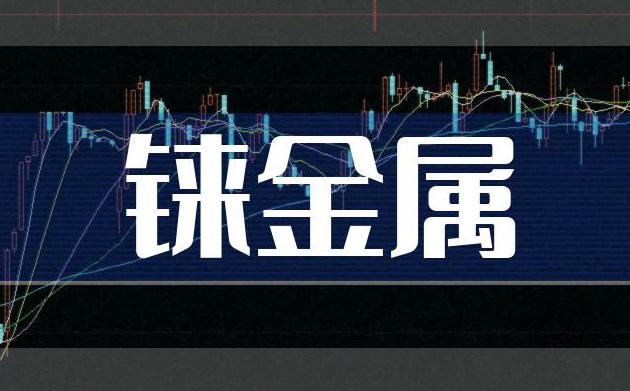Rhenium (chemical symbol Re) is a chemical element with an atomic number of 75. It is a silvery-white heavy metal belonging to the transition metals in the sixth period of the periodic table. As one of the rarest elements in Earth’s crust, with an average estimated abundance of one part per billion, rhenium is also among the elements with the highest melting and boiling points. It is primarily a byproduct of molybdenum and copper refining processes. Rhenium’s chemical properties resemble those of manganese and technetium, with oxidation states ranging from -3 to +7 in compounds.
In 2021, China’s rhenium production (metal content) amounted to 5,125 kilograms, and it is projected to reach 5,292 kilograms by 2023. With the further development of China’s rhenium industry, the supply is expected to show an annual growth trend in the coming years.
Rhenium is widely used in various sectors of modern industry, primarily as a catalyst in the petroleum and automotive industries, for petroleum reforming catalysts, and in rhenium alloys for the electronics and aerospace industries. Driven by growing downstream market demand, China’s rhenium consumption has been on an upward trend, with demand (metal content) reaching 11,885 kilograms in 2021 and an expected demand of 12,682 kilograms by 2023.
Due to a decline in product prices, China’s rhenium market size was valued at RMB 207.27 million in 2021, and it is forecasted to reach approximately RMB 226.30 million by 2023.
There is considerable room for growth in China’s demand for rhenium products. With the gradual import substitution of domestic large aircraft projects, the demand for rhenium products will continue to increase, effectively supporting the industry’s sales profit margin capability.


